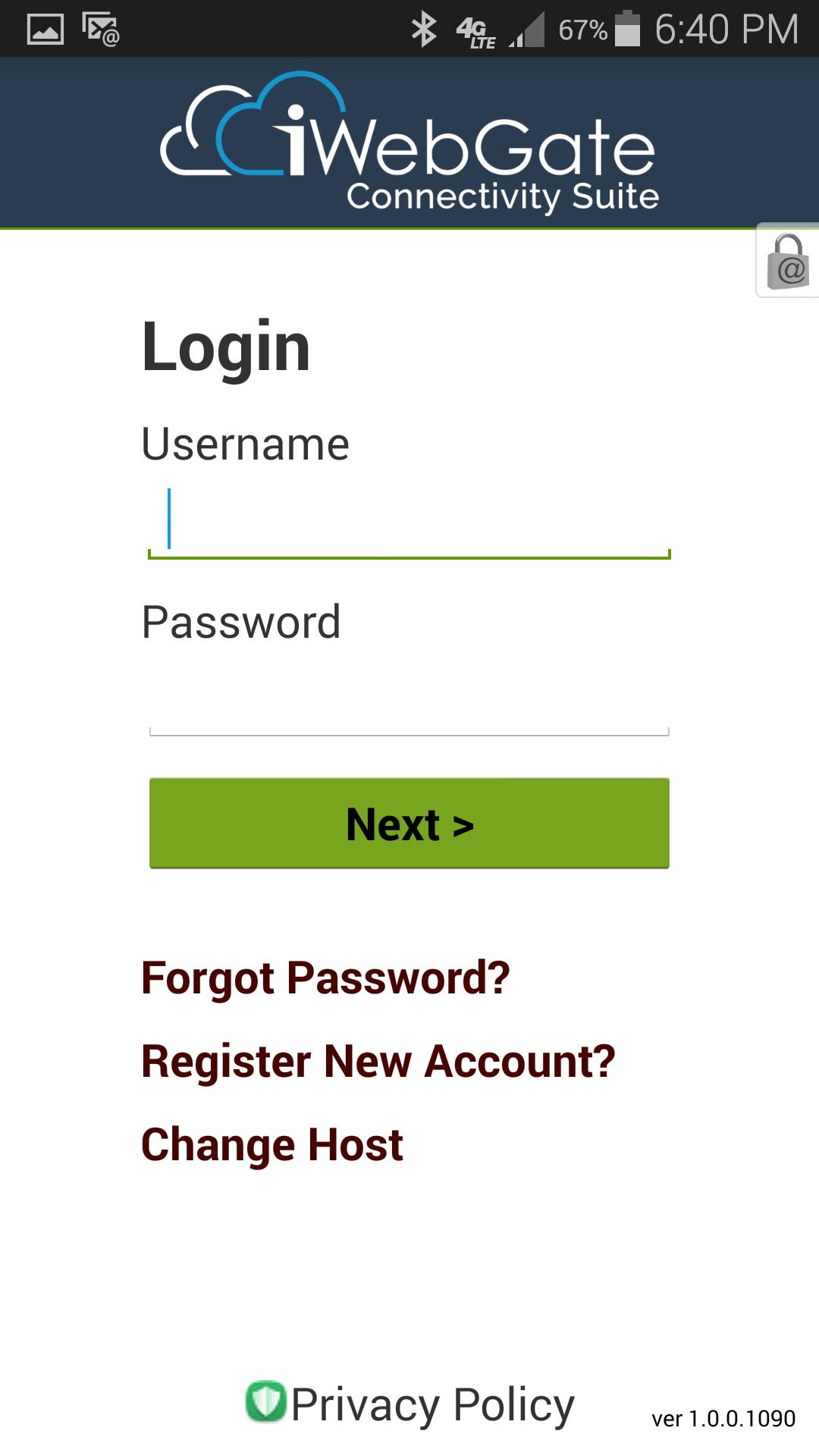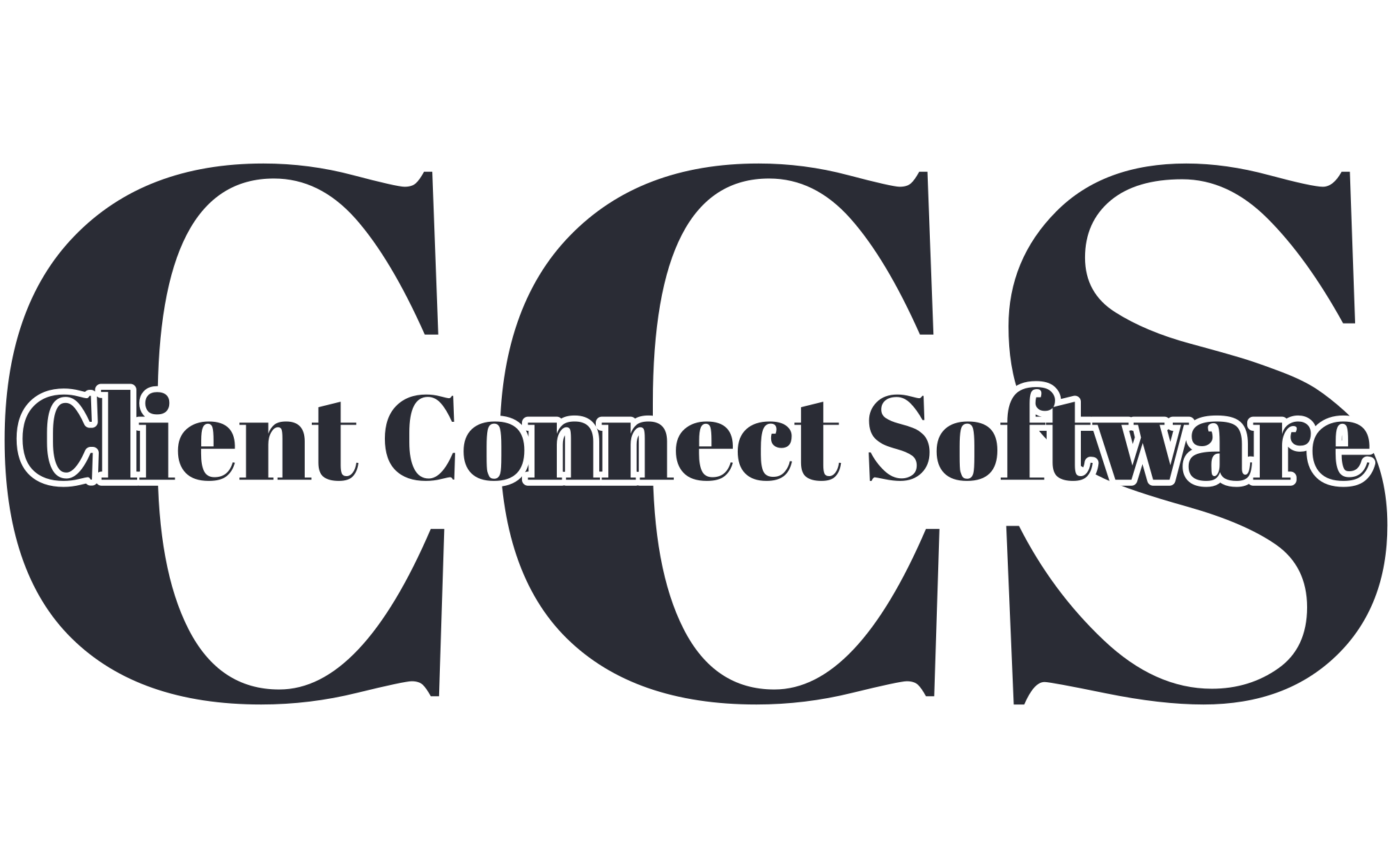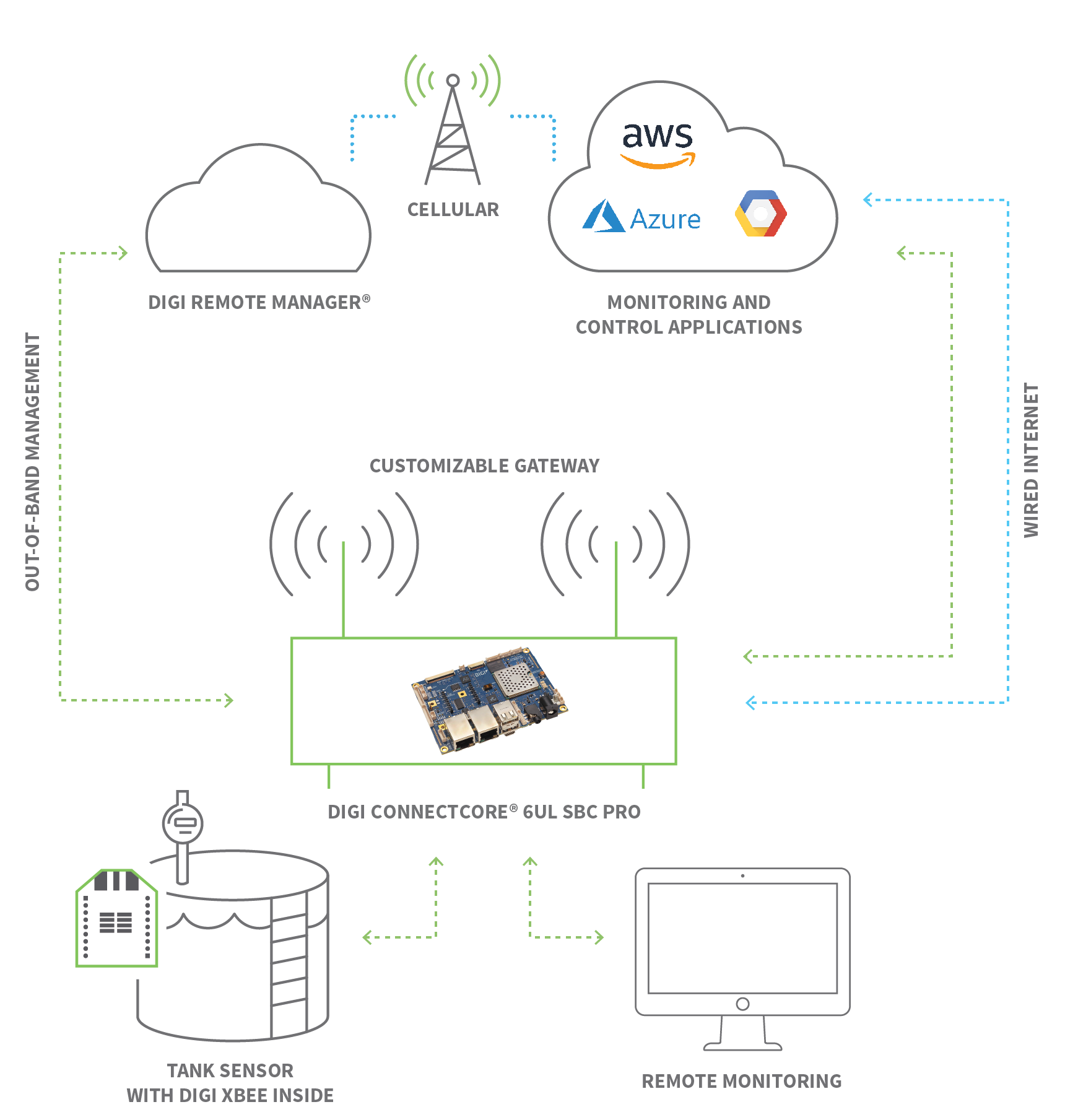Connecting devices from far away, so you can check on them or make them do things, sounds like something only big companies can do. Yet, it's almost a common need for anyone with smart gadgets or even small projects. Many people wonder if they can manage their internet-connected things without spending a lot of money. The good news is that you can, and a lot of folks are looking for just this kind of help right now. This is that friendly guide to getting your remote IoT devices talking to software for no cost at all.
There are, you know, plenty of situations where keeping an eye on something from a distance just makes sense. Maybe it's a sensor in your garden, or perhaps a small setup in a remote cabin. The idea of getting data from these spots, or sending commands to them, can feel a bit out of reach for some. But, really, with the right free tools, it's quite achievable for anyone keen to give it a try. We are going to look at how this works.
This whole area of free software for connecting remote internet of things devices is, actually, quite exciting. It means more people can get involved with smart tech without big investments. It helps make the complex simple, which is a goal many tech solutions try to meet. So, let's explore how you can start managing your gadgets from anywhere, without needing to open your wallet.
Table of Contents
- What is Remote IoT Connectivity?
- Why Choose Free Software?
- Types of Free IoT Connection Software
- Getting Started with Your Free Setup
- Benefits and Considerations
- Common Questions About Free IoT Connectivity
- Making Your Remote IoT Dreams Happen
What is Remote IoT Connectivity?
Remote IoT connectivity, you know, means linking up devices that are not physically near you to a central system. This system could be on a computer, a phone, or in the cloud. It lets you send information to these devices, or get information from them, no matter where you are. Think of it like a conversation happening over long distances, between your gadgets and you.
This kind of setup is, in some respects, very useful for lots of things. For instance, you might have sensors checking the temperature in a faraway greenhouse. Or, perhaps, a smart lock on a vacation home that you want to open for a guest. The whole idea is to have visibility and control over your things, even when you are miles away. It's about staying connected to your tech, wherever it may be.
So, the device talks to a network, which then talks to your chosen software. This software, you see, acts like the brain that processes all the data and lets you send commands back. It makes sure everything runs smoothly, almost like a service desk for your gadgets. It helps you keep an eye on things, making sure they are doing what they should.
Why Choose Free Software?
Choosing free software for your remote IoT needs, honestly, comes with some big advantages. The most obvious one is the cost. You do not have to pay for subscriptions or licenses, which can really add up, especially for personal projects or small-scale uses. This makes getting into IoT much more accessible for more people.
Many free options, too it's almost, are open source. This means their code is available for anyone to see and change. This can lead to a lot of good things. A big community of developers often works on these projects, fixing problems and adding new features. This means the software often gets better over time, and you can find lots of help online if you get stuck.
Also, using free software lets you experiment without financial risk. You can try out different approaches, see what works best for your specific situation, and then decide if you want to invest in more advanced solutions later. It helps you optimize your tech efforts and, in a way, maximize the value of your small investments in hardware. It is a smart way to begin your journey with remote devices.
Types of Free IoT Connection Software
When you look for free ways to connect your remote IoT devices, you will find, you know, a few main types. Each one has its own way of doing things, and what works best for you might depend on what you are trying to achieve. We will explore these categories, giving you a better idea of what is available without spending money.
Open-Source Platforms
Open-source platforms are, arguably, some of the most popular choices for free IoT connectivity. These are software projects where the original source code is made freely available. Anyone can use it, change it, and share it. This community-driven approach means these platforms are often very flexible and can be adapted to many different uses. For example, you might find platforms like MQTT brokers or Node-RED which are incredibly versatile.
With open-source tools, you get a lot of control over your data and how your system works. You can host the software yourself on a small computer, perhaps a Raspberry Pi, which gives you complete ownership. This can be very appealing if you are passionate about tech and want to understand every part of your setup. It helps you streamline your own operations, in a way, and tailor them exactly to your needs.
The community support for these platforms is, you know, usually very strong. You can find forums, documentation, and tutorials made by other users. This makes it easier to troubleshoot problems and learn new things. It is a bit like having a vast technical support portal, but it is all run by fellow enthusiasts. This makes it a great choice for those who like to tinker and learn.
Freemium Services
Freemium services are, basically, cloud-based platforms that offer a free tier with limited features or usage. They are a good option if you want something that is easy to set up and manage, without needing to host anything yourself. These services usually provide a web interface where you can connect your devices, see their data, and send commands. Think of services like Thingspeak or Ubidots, which offer free plans for smaller projects.
The main benefit here is convenience. You do not need to worry about servers, maintenance, or complex coding. The platform handles a lot of the technical stuff for you. This can really lower the cost of ownership, in a way, by reducing the time and effort you need to put in. It is a quick way to get your remote devices online and working.
However, you should be aware of the limitations with freemium plans. There might be caps on how many messages your device can send, how much data you can store, or how many devices you can connect. If your project grows, you might need to upgrade to a paid plan. But for getting started, or for small, personal projects, they are, in fact, very suitable. They offer a taste of what full-scale IoT platforms can do.
DIY Scripts and Libraries
For those who enjoy coding, creating your own DIY scripts and using free libraries is, honestly, a very powerful option. This involves writing your own code using programming languages like Python or C++, and then using free libraries that handle the communication parts. For example, you might use a Python script on your device to send data directly to a free cloud storage service or a simple web server you set up.
This approach gives you the most flexibility and control over your system. You can customize every aspect of the data collection and transmission. It is, perhaps, the ultimate way to optimize your tech investments because you are building exactly what you need, with no extra features you do not use. It is perfect for people who are passionate about tech and want to build something truly unique.
While this method requires more technical skill, the resources available are, you know, vast. There are countless free libraries for various microcontrollers and communication protocols. Online communities and documentation are plentiful. It is a bit like having a giant toolbox where all the tools are free, and you just need to learn how to use them. This path is for those who really enjoy getting into the details.
Getting Started with Your Free Setup
Starting with your free remote IoT setup can feel, you know, a bit overwhelming at first. But breaking it down into smaller steps makes it much easier. The key is to pick the right tools for what you want to do and then follow some basic guidelines for getting everything connected. We will walk through how to approach this, making it simple to understand.
Choosing the Right Tool
Picking the best free tool, you see, depends a lot on your comfort with technology and what your project needs. If you are just starting out and want something simple, a freemium service might be a good fit. They are easy to use and often have a nice interface. This helps you get things running quickly, almost like a plug-and-play solution for your remote devices.
If you are more experienced with coding and want full control, an open-source platform or building your own scripts might be better. These options give you, frankly, a lot more freedom to customize. They are ideal if you want to understand the inner workings of your system and adapt it exactly to your unique requirements. Consider what level of technical involvement you are comfortable with.
Also, think about the kind of device you have. Some tools work better with specific microcontrollers like Arduino or ESP32. Some are, perhaps, more suited for sending simple sensor readings, while others can handle more complex commands. Doing a little research on compatibility will save you time later. It is about finding the right match for your particular gadget.
Basic Setup Steps
Once you have picked your free software, the setup process, typically, involves a few common steps. First, you will need to prepare your device. This often means loading some specific code onto your microcontroller that tells it how to connect to the internet and what data to send. You might use an Integrated Development Environment (IDE) like the Arduino IDE for this.
Next, you will configure your chosen software or service. If it is a freemium cloud platform, you will create an account and set up a "device" or "channel" to receive data. If it is an open-source solution you are hosting, you will install the software on your server and configure its settings. This part, you know, ensures your software is ready to listen for your device.
Then comes the connection. Your device will try to link up with your chosen software, often using Wi-Fi or another network connection. Once connected, it will start sending data, or it will be ready to receive commands. You can then, for example, view this data on a dashboard provided by the service, or process it with your own scripts. This makes the complex simple, allowing you to see what your remote device is doing.
Finally, you will test everything to make sure it is working as expected. Send a test command, check if data is arriving correctly. This step is, actually, very important for ensuring reliability. If something is not right, you can troubleshoot using the documentation or community forums. This systematic approach helps you streamline your setup and get your remote IoT system operational.
Benefits and Considerations
Using free remote IoT device connect software brings, you know, a lot of good things to the table. The biggest one, of course, is the lack of cost, making it easy for anyone to get started. These tools can help you keep an eye on things 24 hours a day, more or less, giving you continuous visibility over your remote devices. This is great for monitoring anything from environmental conditions to the status of equipment far away.
Many free options also offer great flexibility. You can often adapt them to many different kinds of projects, whether you are tracking something simple or trying to control a more complex system. This flexibility helps you optimize your efforts and get the most out of your hardware. It is about empowering you to build what you need, without being tied down by expensive, rigid systems.
However, there are some things to keep in mind. Free software might not always come with dedicated technical support. You will often rely on community forums or your own problem-solving skills. This is, in a way, part of the learning experience, but it means you need to be a bit more self-reliant. It is not like having a paid service desk always ready to help.
Also, while the software itself is free, you might still need to pay for hardware, internet access, or cloud computing resources if you host your own server. These are, you know, minor costs compared to full commercial solutions, but they are worth considering. Security is another point; always make sure your connections are secure, especially if you are sending sensitive data. It is important to be careful with any internet-connected system.
Sometimes, the features in free versions might be limited compared to paid ones. For instance, you might not get advanced data analytics or very fancy dashboards. But for most personal or small projects, the free features are, honestly, quite enough. They provide the core functionality you need to connect and manage your devices from afar. It is about balancing features with cost savings.
Common Questions About Free IoT Connectivity
People often have questions about using free software for connecting remote IoT devices. Here are some common ones, with simple answers to help you out.
Is free IoT software safe to use?
Yes, many free IoT software options, especially open-source ones, are quite safe. They often have large communities checking the code for problems. However, you should always follow good security practices, like using strong passwords and encrypting your data. It is, you know, about being careful with any online system, free or paid.
Can I connect any type of device with free software?
Most free software can connect to a wide range of devices, especially those that use common communication methods like Wi-Fi, Bluetooth, or cellular. The main thing is that your device needs to be able to send and receive data. You might need to write a little bit of code for your specific device, but the software usually supports common hardware. So, in some respects, yes, pretty much any device can be connected.
What if my project grows and needs more features?
If your project gets bigger, you have a few options. Many freemium services offer paid plans that unlock more features and higher usage limits. For open-source solutions, you can often add more servers or improve your setup to handle more devices and data. You can also, you know, switch to a different solution if your needs change a lot. The free start helps you figure out what you really need before investing more.
Making Your Remote IoT Dreams Happen
Getting your remote IoT devices connected using free software is, you know, a very rewarding experience. It lets you take control of your gadgets, monitor things from a distance, and really get into the world of smart technology without a big financial commitment. It is about making complex tasks simpler and more accessible for everyone. The possibilities are, honestly, quite vast.
Whether you are keeping an eye on your home, managing a small farm, or just playing around with new tech, there is a free solution out there for you. It helps you streamline your operations, big or small, and get total visibility of your connected things. It is about empowering you with the tools to deliver seamless service, even for your own personal projects.
So, go ahead and explore the options. Try out an open-source platform, or perhaps a freemium service, or even build your own simple script. The effort you put in will, frankly, pay off in the form of new skills and a connected world right at your fingertips. Learn more about IoT basics on our site, and link to this page getting started with IoT for more practical tips.
This is, actually, a great time to get involved with remote IoT. The tools are getting better, the communities are growing, and the opportunities to innovate are plentiful. It is about building something useful, having fun, and saving some money along the way. So, give it a shot, and see what you can connect!



Detail Author:
- Name : Christiana Rogahn
- Username : predovic.jerad
- Email : gulgowski.madisen@yahoo.com
- Birthdate : 2005-12-13
- Address : 859 Marcelle Locks O'Haraland, AL 44617-4348
- Phone : 402.656.4975
- Company : Hand LLC
- Job : Plumber OR Pipefitter OR Steamfitter
- Bio : Deserunt eos non ratione perspiciatis dolores. Laudantium sed dolorem iste perspiciatis recusandae. Aut quos enim molestiae eum sit cupiditate nam. Quia non architecto ipsum officia.
Socials
tiktok:
- url : https://tiktok.com/@jakaylavolkman
- username : jakaylavolkman
- bio : Explicabo hic et iusto praesentium quia similique labore.
- followers : 2726
- following : 1880
instagram:
- url : https://instagram.com/jakayla.volkman
- username : jakayla.volkman
- bio : Nulla dolor eaque est ipsam dicta et. Enim animi dolor laboriosam ea quia unde quis.
- followers : 6271
- following : 1667
facebook:
- url : https://facebook.com/jakayla_xx
- username : jakayla_xx
- bio : Dolorum rem quos autem temporibus blanditiis velit.
- followers : 6652
- following : 857